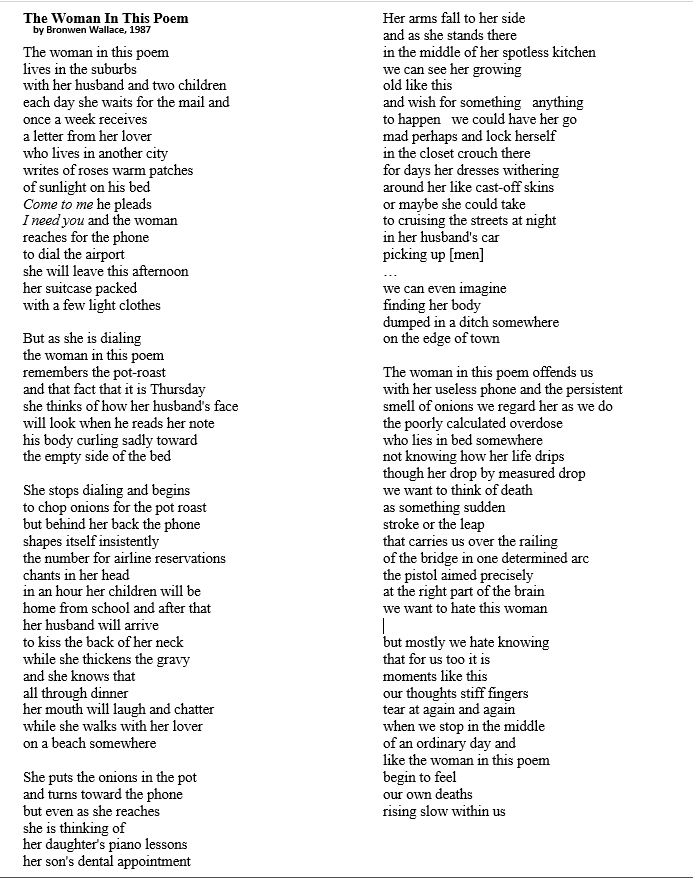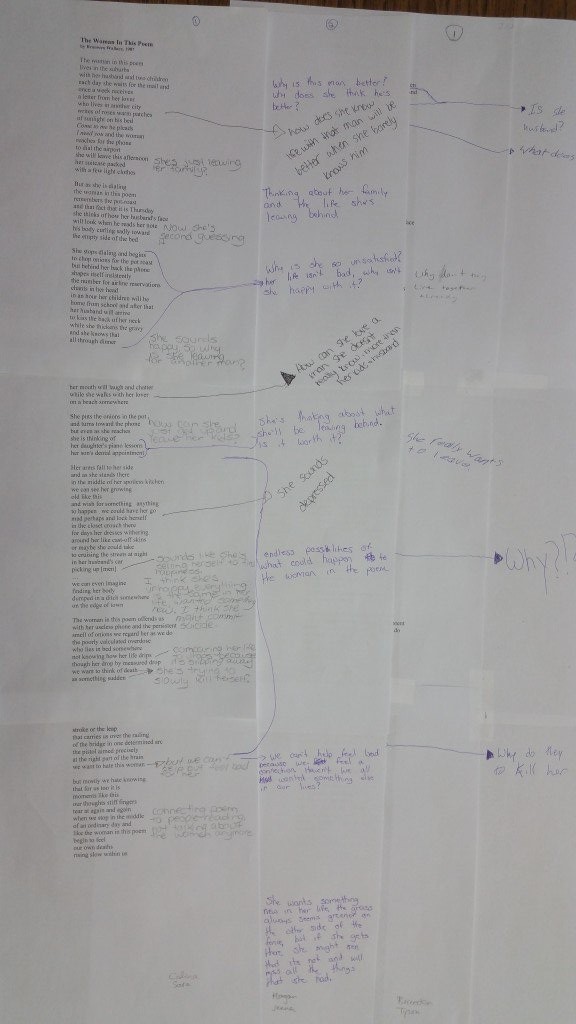May 24/16 B7 Consequences of decisions
Here are the steps for this section:
- Before Viewing
Split the class in half (2 rows in each group) and discuss and come up with the following: Make sure someone is your group’s Notetaker.- Identify the pros and cons of Rainer Wenger’s teaching, the teacher from the movie Die Welle who convinced his students to become Nazis. What were the positives of this influence on his students and the obvious negatives.
- Discuss whether you really make many big decisions in your life to choose your own path or whether you mostly follow along with what’s expected of you. How much do your family circumstances, financial limitations, marks and school capabilities etc narrow or widen the types of choices you can make after graduation? If your circumstances limit your choices, do you still have choice? (Example: Maybe your don’t have the marks or money access to choose post-secondary training.) If your circumstances allo
 w for any learning/work opportunity after graduation, do most people follow the same path anyway – head to University or SIAST?
w for any learning/work opportunity after graduation, do most people follow the same path anyway – head to University or SIAST? - Do you believe it’s better to live life fully or just do life well? Should you do what’s expected of you by society and others and enjoy what you’ve got or should you aim for more and find what you’re passionate about, even if it may not afford you a comfortable life or approval of friends and family?
- During Viewing
You’ll watch this film – it’s just over 2 hours long. After it, you’ll identify common elements of literature from it as part of your Comprehend and Response skills. This section will count towards your course mark. - After Viewing
We’ll get to this later.




 tner. If you’re not able to finish within a certain amount of time, you’ll be able to complete from home as well.
tner. If you’re not able to finish within a certain amount of time, you’ll be able to complete from home as well.